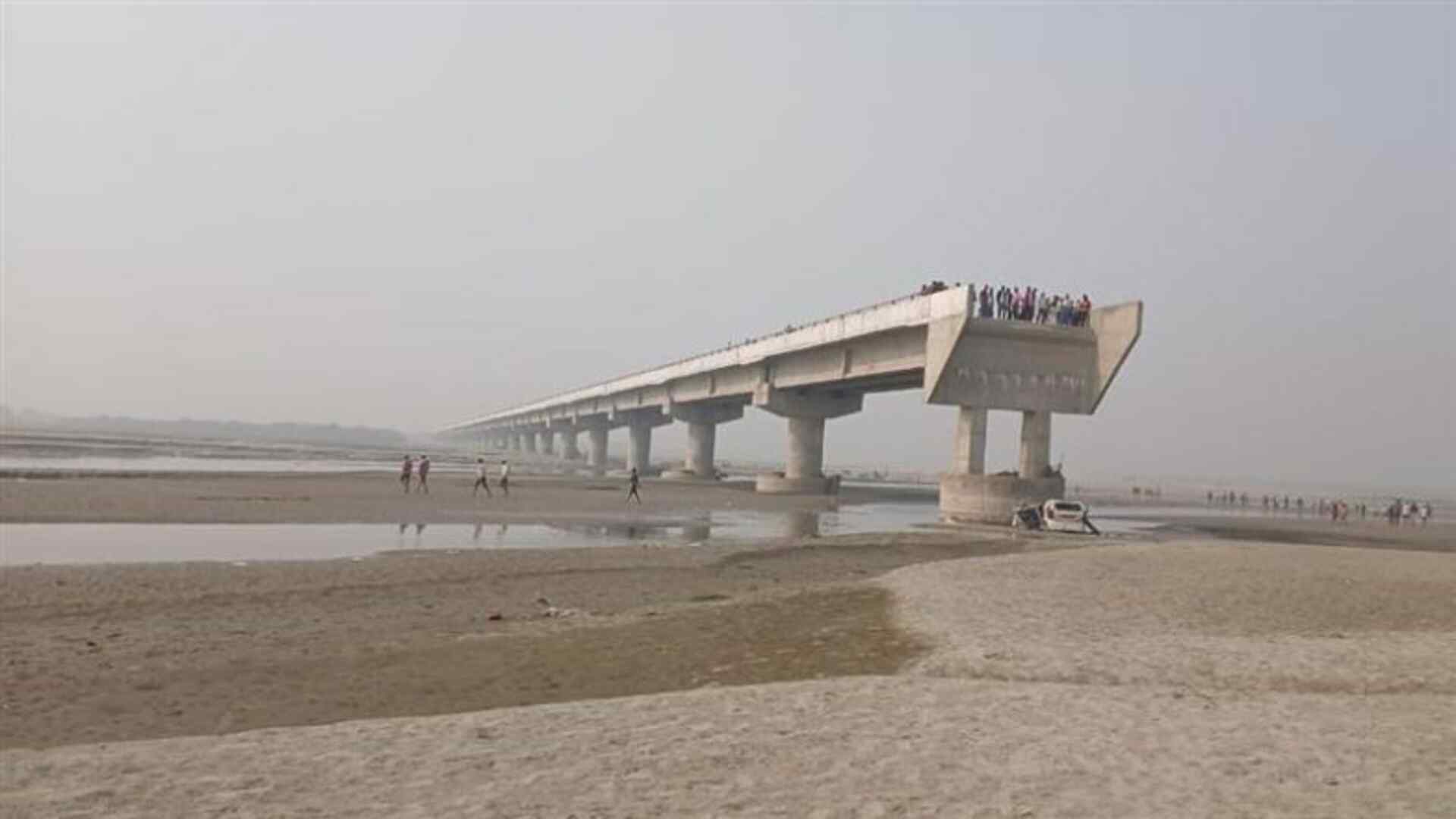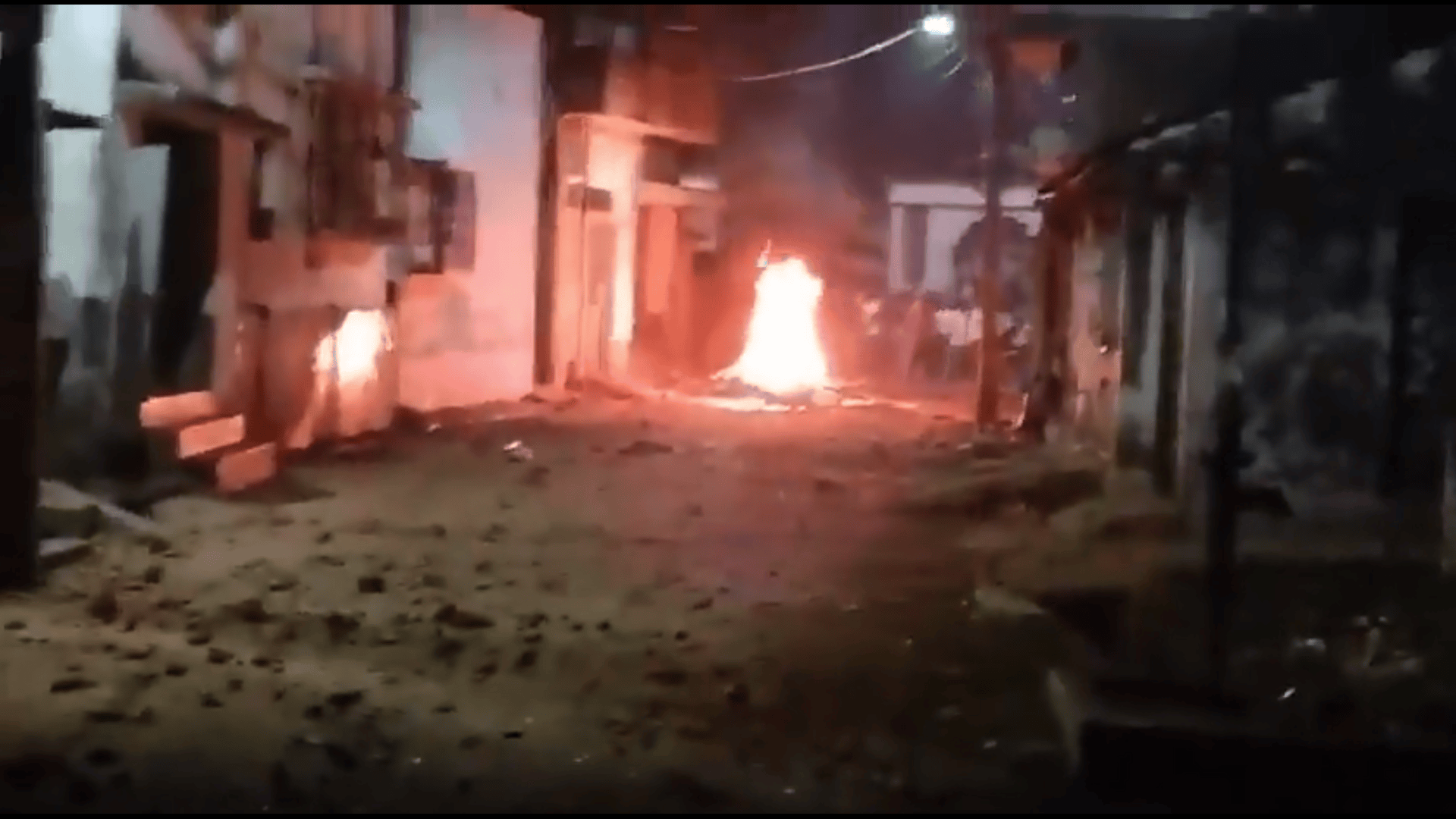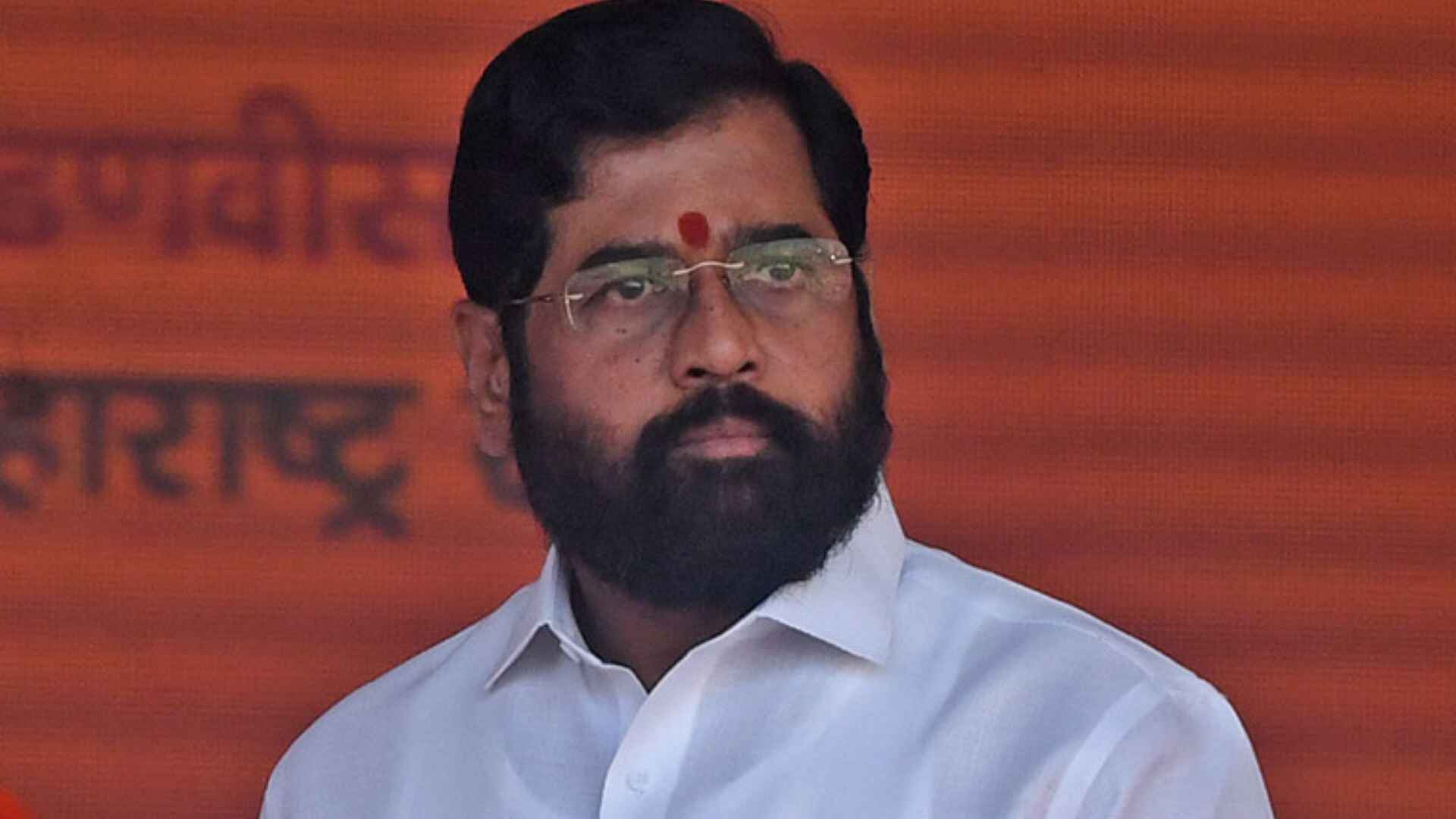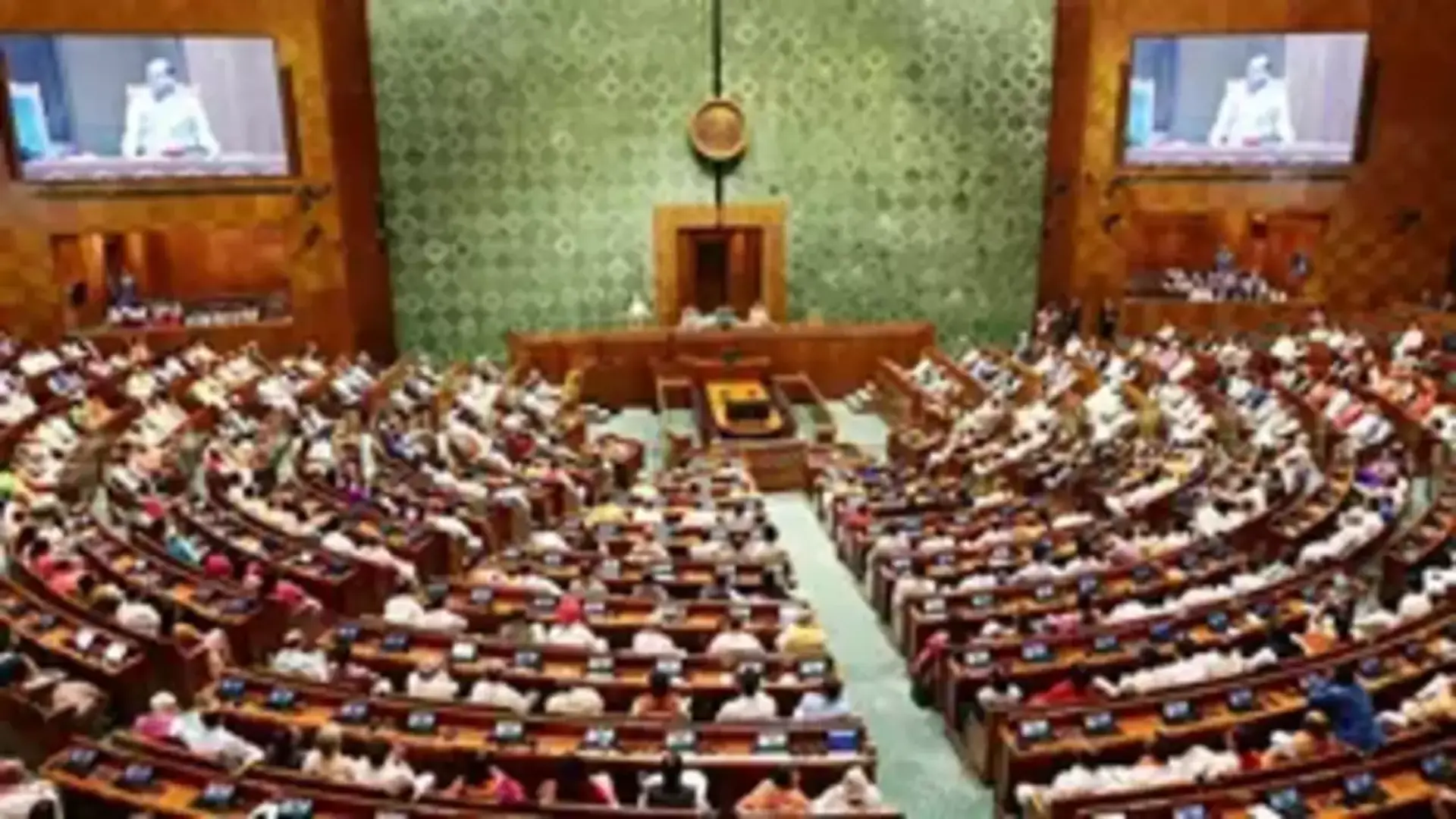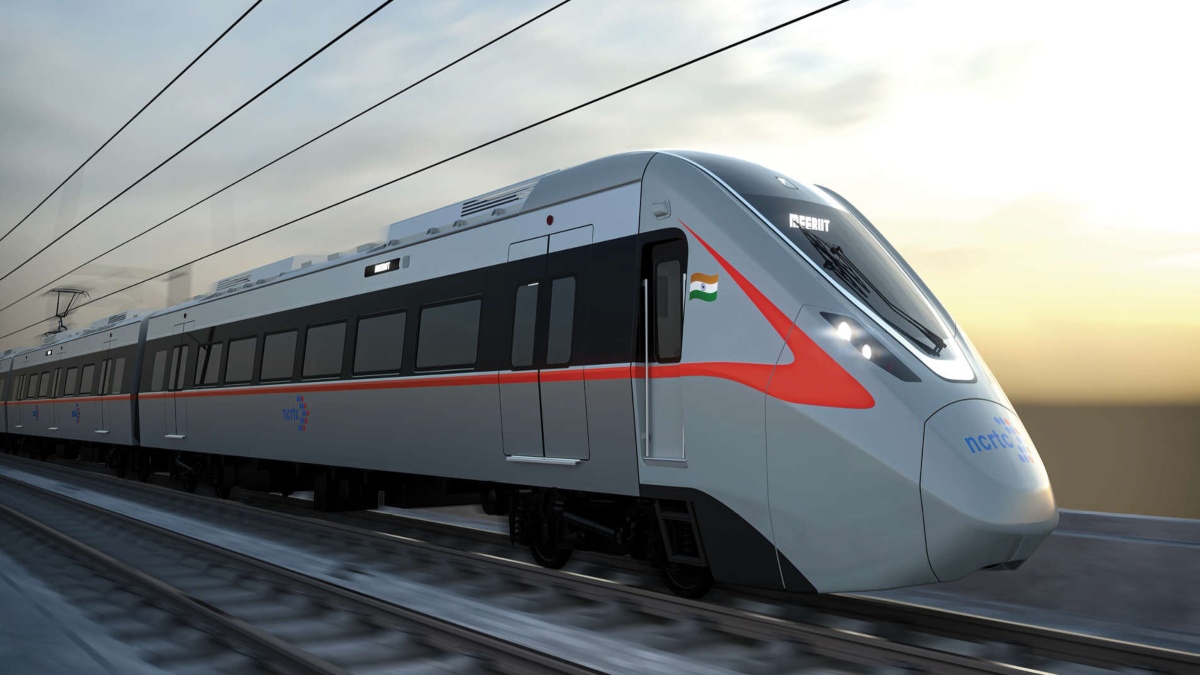
Production of the modern trainsets for Delhi-Ghaziabad-Meerut RRTS corridor has been commenced at Savli, Gujrat by NCRTC. These regional trains are using state-of-the-art, next-generation technology for comfortable commuting experience.



The entire fleet of RRTS trainsets are being manufactured in India with more than 80% local content. The production of 40 trainsets (30 trainsets for RRTS train of six coaches each and 10 trainsets for MRTS train of three coaches each) are being done at Bombardier (Now Alstom) plant at Savli, Gujarat, giving a major boost to the Government of India’s ‘Make in India’ initiative. The first look of the RRTS train was unveiled in September 2020. These modern RRTS trains resonate the hope and ambition of the New India.
The design of the trainsets has been finalised at Global Engineering & Technology Centre of Alstom at Hyderabad. Propulsion System of the trains is being developed at Maneja, Gujarat. These 3.2-meter wider trains with ergonomic seating and superior riding comfort have been designed for extra seating and standing space.
“The commencement of production of these world-class trainsets brings us one step closer to achieving our promise to provide fast, reliable, safe, and comfortable commuter service to the people of NCR. With the target to start the priority section by 2023, NCRTC team along with contractors is working tirelessly to achieve the set timelines, despite the adversities brought by COVID. RRTS will significantly reduce hazardous air pollution, severe congestion, and unmanageable urban sprawl in National Capital Region on a sustainable basis” said Vinay Kumar Singh, Managing Director, NCRTC.
These high-speed, high-frequency trains are designed for 180 kmph speed. Once operational, RRTS will be the fastest, most reliable, most comfortable and safest mode of commuter transport in NCR.
Delhi-Ghaziabad-Meerut RRTS will reduce the travel time between Delhi and Meerut to less than 60 minutes.
Some of the salient features of the RRTS trainsets are:
The RRTS trains are being designed keeping in mind high-acceleration and high-deceleration that the train needs to undergo given the operational speed of 160 kmph and stations at every 5-10km.
Keeping the commuter convenience in mind, the RRTS trains will have 2 by 2 transverse seating arrangement like Shatabdi Express besides comfortable standing space.
The train will have automatic plug-in type sliding doors to reduce air friction.
Availability of overhead luggage rack.
Optimised aisle width with grab handles and rails for a comfortable journey for standing passengers, cushioned seats, mobile/laptop charging sockets, adequate legroom, and onboard Wi-Fi.
Business class (one coach per train) with spacious, comfortable, and reclining seats inside the train.
One coach in every train will be reserved for women passengers.
Energy Efficient Trains:
RRTS trains will have push buttons for the selective opening of doors.
This will eliminate the opening of all doors at every station, thus leading to huge energy saving. This feature in the rapid mass system will be the first of its kind initiative.
RRTS rolling stock will be provided with regenerative braking system which converts train’s kinetic energy into electrical energy.
RRTS rolling stock will have lighting and temperature control systems to enhance the passenger experience with less energy consumption.
CCTV, fire & smoke detector, fire extinguisher, and door indicator.
Provision of wheelchair/stretcher space and other features for PWD (person with disabilities).
Public announcement & display system, dynamic route map display, an infotainment display, speakers, along with emergency communication facilities.
A key feature of the RRTS is interoperability of all its priority corridors which facilitates seamless commuter movement across the corridors without the hassle of changing the train. The trains will be operated with ETCS Level 2 signalling system, which is being used in India for the first time. ETCS Level -2 signalling system will not only facilitate interoperability but will also ensure services at high frequencies, thus reducing the waiting time for passengers.
PSDs (Platform Screen Doors) will be synchronized for safety of passengers.
Currently, the construction work of Delhi – Ghaziabad- Meerut corridor is in full-swing on the entire 82 km RRTS corridor. 800 piers of elevated section have already been completed with around 8 km of RRTS Viaduct.


